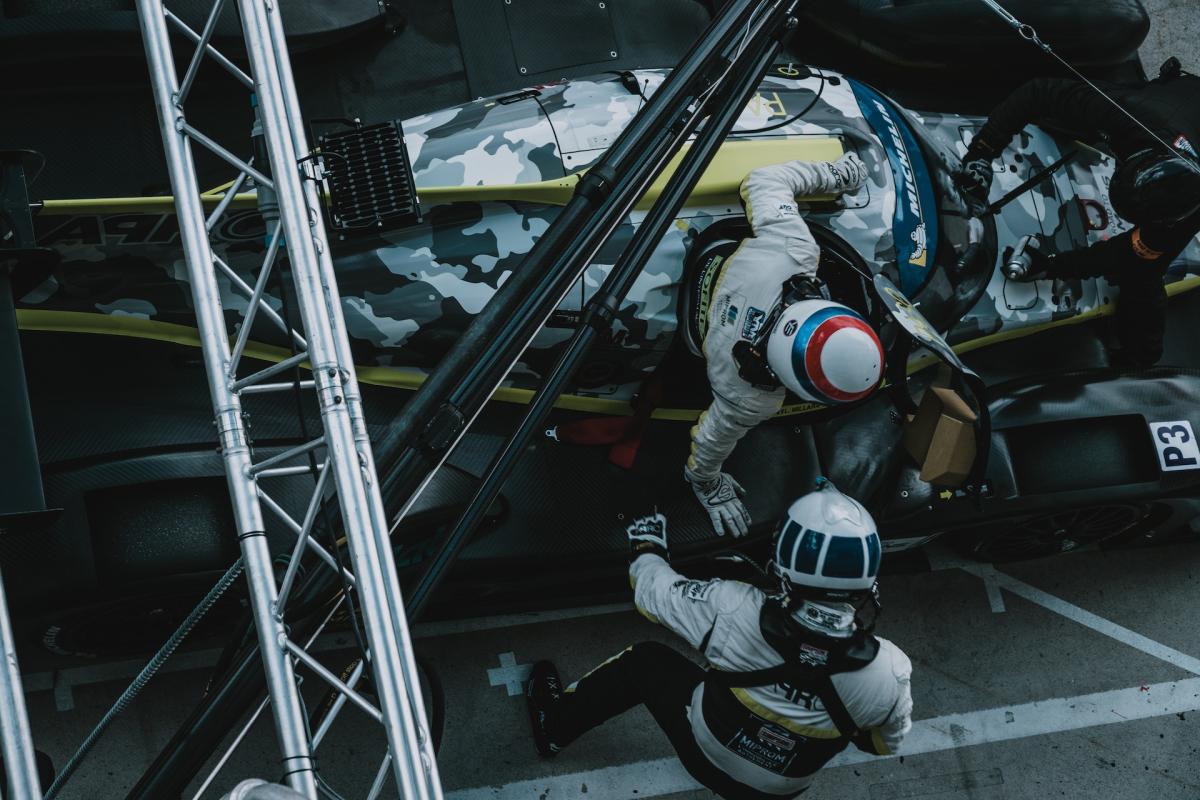Ahead of lights out on a new season of Formula One, Jade Wood, CSM’s Group Marketing and Events Manager, takes a closer look at the equally fast and thrilling digital content race.
After the acquisition by Liberty Media in 2017, the U.S. based firm was true to its name in freeing the sport from its digital and social shackles. From a near non-existent presence, the introduction of the most revolutionary rule changes in the sport’s history have made Formula One the fastest growing major sports league, in terms of follower growth, on the planet.
It is well-known that Netflix’s Drive to Survive has been a key contributor to this influx of new fans, but now entering its fifth season and airing only once a year, the sport needed to find a way to continue to capitalise on its success and maintain these new fans year-round.
I count myself as one of those new fans, and the way teams, drivers, fans and F1 itself have embraced this new digital era has been refreshing. The equation is simple, the more access fans have, the more likely they are to engage with the sport, year-round.
So, how has this transformation happened?
TikTok, Twitter, and tapping into trends
Platforms such as TikTok and Twitter thrive off users jumping on the latest trend, and F1 is no stranger to this. Across their social channels, they aren’t afraid to lean into viral trends, using TikTok to showcase a more playful side. Be it tapping into cultural highlights, or joining in on the fun of an amusing miscommunication between Ferrari’s Carlos Sainz and his race engineer, F1 understands TikTok’s value in capturing a new breed of fan.
The teams and drivers are in on the act, too. After George Russell found himself swept along by a viral trend following the Austrian Grand Prix, it wasn’t just Mercedes who were quick to respond. Other teams and drivers also waded in, including Valtteri Bottas who took a cheeky jab at an incident between the pair in Imola 2021.
The F1 social-verse has so far proven that off-the-cuff, reactive content directly from teams and drivers provides for a light-hearted but meaningful connection with fans.
Playful 'patter' and a place in pop culture
The involvement of brands and rights holders who sit outside of the sport’s ecosystem has become much more prevalent in recent years, demonstrating how quickly F1 has become a part of popular culture.
Ryanair, arguably one of the bravest brands with regards to reactive content, has not passed up the opportunity to weigh in on Formula 1 news this year. In one instance, its Twitter admin found themselves vying for a Haas x Ryanair partnership. Although as it often is with Ryanair, it did not come without a jibe at Haas’ position in the Constructors World Championship, followed by Haas expertly shutting them down with a pithy riposte.
Nah, you're ok. We had enough of being last to our finishing destination last year...
— MoneyGram Haas F1 Team (@HaasF1Team) June 14, 2022
Few other sports have the same ability to transcend social media audiences, and the fact Formula 1 has been able to do it in such a short space of time demonstrates how effective the strategy has been.
For the brands as well as the fans
Conventional wisdom would suggest that this social media banquet is the preserve of B2C companies only. However, the digital and data team at CSM has debunked this myth through its work with the BWT Alpine F1 team. Across three years the meticulous development of a robust and owned fan CRM won the team precious 1st party data. This data is valuable and enabled the team to deliver significant research and development insights back to Microsoft Enterprise, from just a single campaign.
Knowing when to join the fun and when not to is make or break for a brand’s authenticity and appeal. Done well and our digital and data team has found, through a test bed of the 4 million+ Alpine F1 followers, that aligning relevant and engaging partner content can increase brand sentiment and understanding by more than 60%. In a growing cacophony of social and digital noise, cutting through has got trickier but also more rewarding.
By fans, for fans: user-generated content
It’s not just teams, drivers and F1 creating stand-out content, fans have also started building their own platforms. WTF1, created ‘by fans for fans’, launched in 2010 and is now reaching over 3 million motorsport fans across its social media channels. As of June 2022, it was the fastest-growing F1 media brand on TikTok.
Fans are creating their own content, too. Pitstop, a podcast launched in February 2022 by two new fans of the sport is soaring in popularity. With light-hearted and comical episodes, often featuring high-calibre guests, they’re not afraid to admit that they are still learning the intricacies of the sport. It’s a tone and message that endears itself to other rookie fans who are also familiarising themselves with the sport’s finer details.
A platform for personalities
Sports fandom is changing. As reported by Nielsen, Gen Z is more invested in the individual athlete rather than teams or leagues. By giving drivers the freedom to lift the lid on their lives both on and off the track, F1’s change in social strategy has allowed these younger fans to buy into drivers’ personalities, and enabled drivers to engage with fans more directly.
Many of the grid’s current drivers have been competitors on the track since their karting days. Lando Norris, George Russell, and Alex Albon are three drivers who came through the ranks together, and back in 2019 they competed for ‘rookie of the year’. The strength of their bond is clear - not taking themselves too seriously and not afraid to take jibes at each other’s performances. Or in the case of Lando, mocking his own performance against two-time World Champion Max Verstappen when they travelled home together after the 2022 French Grand Prix.
Not so long ago, F1 had an air of impenetrability; a closed circle where - unless you could tell your ERS from your DRS - there was little room for a relative novice. Now, the paddock is more accessible, drivers are more relatable, and the sport has shed its elitist image.
That freedom is borne out through the social strategy employed across the entirety of F1’s digital sphere.
Key stakeholders are now acutely aware of the role and platform they have to open the sport up to this new generation of fans, bringing them into the fold and feeling like they’re part of the action.



